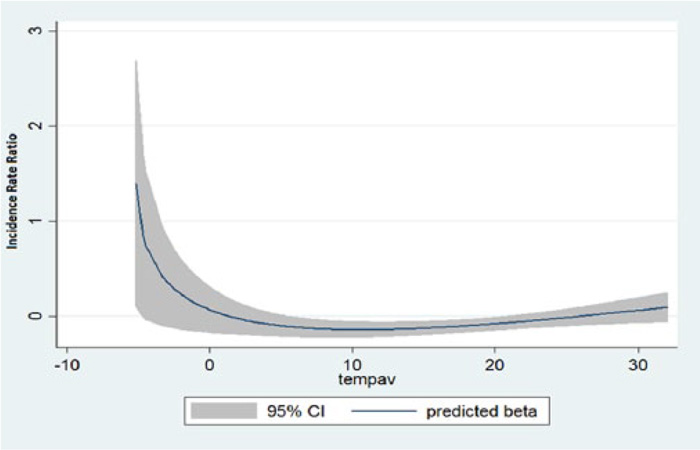| Tweet | Follow @co2science |
Paper Reviewed
Moghadamnia, M.T., Ardalan, A., Mesdaghinia, A., Naddafi, K. and Yekaninejad, M.S. 2018. The effects of apparent temperature on cardiovascular mortality using a distributed lag nonlinear model analysis: 2005-2014. Asia Pacific Journal of Public Health 30: 361-368.
According to Moghadamnia et al. (2018), most studies to date on the relationship between temperature and cardiovascular diseases (CVDs) have been conducted in Southeast Asia and European countries that experience hot and cold weather extremes. Middle East countries like Iran, in contrast, have been much less studied -- until now! Using CVD data from the only cardiovascular hospital in Rasht, Iran, and daily weather data from the Rasht Meteorological Center, Moghadamnia et al. examined the relationship between apparent temperature and CVD over the 10-year period 2005-2014. Apparent temperature was utilized in their study because it takes into account the exposure to both temperature and humidity and is an index of human comfort/discomfort.
A quasi-Poisson regression model combined with a distributed lag nonlinear model was used to assess the impacts of daily apparent temperature on mortality at different lag days. Results indicated that CVD mortality increased at both hot and cold temperatures. However, the relative risk due to hot temperatures (1.09, when comparing CVD mortality at the 99th vs 75th percentiles of apparent temperature) was lower than that due to cold temperatures (1.14, when comparing CVD mortality at the 1st vs 25th percentiles of apparent temperature) (see Figure below). What is more, Moghadamnia et al. report that CVD mortality effects were more immediate (mostly occurring on the same day) for hot apparent temperatures, whereas they were acute -- but longer lasting -- for cold apparent temperatures.
The above findings support those observed in multiple other locations across the globe (see, for example, the many studies we have reviewed on this topic listed under the heading Health Effects of Temperature in our Subject Index), demonstrating that the risk of death is more severe in colder versus warmer weather. Consequently, a little global warming (if it occurs in the future) would likely have a net positive impact and save lives!

Figure 1. Incident rate ratio of cardiovascular disease mortality by mean apparent temperature. Source: Moghadamnia et al. (2018).




